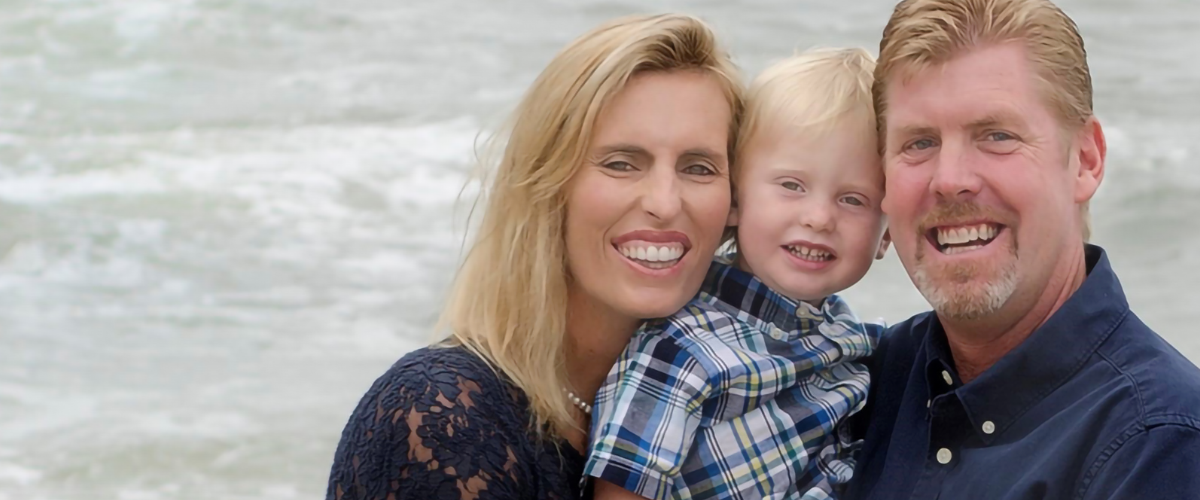Understanding Heterogeneity in DM
Evaluation of large cohorts in the DM1-Scope registry, established the impact of the variables of age and gender in DM1 (De Antonio et al., 2016; Dougan et al., 2016). Men are more likely to experience ‘traditional’ muscular system-related DM1 symptoms (myotonia, muscle weakness, cardiac and respiratory involvement), while other symptoms are more likely in women (cataracts, dysphagia, digestive tract dysfunction, incontinence, thyroid disorder and obesity). Likewise, age of onset has clear implications for DM1 symptom symptom occurrence and chronology. By contrast, the impact of the variables of age and gender is less well understood for DM2, but remains a critically important question due to the heterogeneity of the disease.
A Retrospective Study Informs the Natural History of DM2
Prof. Benedikt Schoser (Ludwig-Maximilians-University of Munich) and colleagues have explored variables in disease symptomatology in a retrospective study of a 307-patient cohort with genetically confirmed DM2 from the German Registry for Myotonic Dystrophy.
Study subjects showed mean onset at 42 years of age; most had a single symptom at onset, with proximal weakness, myalgia and myotonia the most frequent symptoms (in order of descending frequency). Weakness at disease onset was associated with older age. New neurological examinations (at an mean age of 56 years), showed 77% of the cohort with mild to moderate weakness of at least one muscle group. In decreasing order of frequency, multisystem involvement included cataract, hyperlipidemia, hypertension, thyroid disorders, affective disorders, and cardiac disease (implanted ICDs/pacemakers were frequent). A previously reported pattern of altered laboratory findings was confirmed in this DM2 cohort: hyper-CKaemia, dyslipidaemia, elevated GGT, low IgG, and elevated ALT and AST.
Age at onset of DM2 and gender were significantly and independently associated with specific patterns of symptoms. Advancing age was associated with increasing number of organ systems involved, but decreasing odds that a subject would develop either myotonia or myalgia. Women had a higher total number of organ systems involved.
A high percentage (87%) of study subjects had myotonia (evaluated by emg), although no gender differences were detected. In contrast to findings in DM1, muscle weakness was more common and more severe in women at time of diagnosis, while pain/myalgia was most common in men. As in DM1, cataract and thyroid and gallbladder diseases were observed more frequently in women. Women with DM2 also more frequently needed waling aids.
Patients experiencing early onset of DM2 were more likely to have broader organ system involvement.
Age and Gender Impact the DM2 Phenotype
Taken together, the research team observed that age and gender have a profound impact on the DM2 phenotype. Both female gender and age appear to contribute toward a greater burden of disease in DM2. Analysis of ancestry of patients in the registry suggested that a DM2 founder mutation may have arisen in the Upper/Lower Silesia region of Poland, Germany and the Czech Republic.
Reference:
Assessing the influence of age and gender on the phenotype of myotonic dystrophy type 2.
Montagnese F, Mondello S, Wenninger S, Kress W, Schoser B.
J Neurol. 2017 Oct 30. doi: 10.1007/s00415-017-8653-2. [Epub ahead of print]

